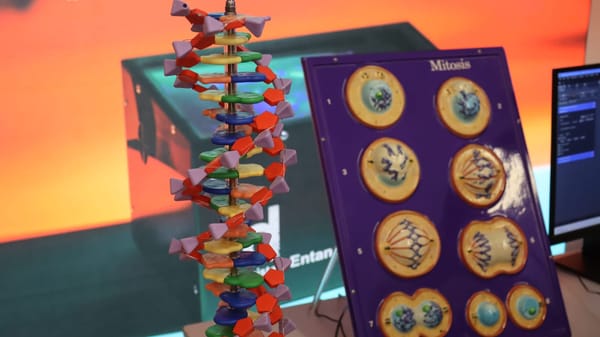Hitotsubashi University Meeting
The Kendo Club went international recently as it played host to a score of students from Hitosubashi University, Tokyo. As the only University in Japan specialising entirely in the Social Sciences, and one of the top-ranking Japanese Universities, it may be helpful to think of it as the Japanese LSE
The Kendo Club went international recently as it played host to a score of students from Hitosubashi University, Tokyo. As the only University in Japan specialising entirely in the Social Sciences, and one of the top-ranking Japanese Universities, it may be helpful to think of it as the Japanese LSE.
This visit constituted the third in a series of annual exchanges from one of our clubs to the other, with some of our members and theirs recognising each other from the trip to Japan our club held last Summer.
On Wednesday 26th February, the Japanese students joined us for one of our regular practice sessions. Our members were eager to practice with kendoka who on average start training in secondary school, and they were not disappointed, with yours truly unable to even touch their strongest players.
On our Thursday practice the following day, our guests took a teaching role as they showed us a series of movements known as kata. Kata are fairly common in kendo as a method of practicing movements that, whilst not necessarily being useful directly in a match, can help train the mind to move one’s body efficiently or notice openings in the opponents stance, as well as being required to pass kendo gradings.
However, the kata shown to us by our visitors was different. Called Hojyo, it was a series of four movements, each symbolising a different season, developed by Hitotsubashi and passed down from senpai to kouhai over the years. Obviously, our members were very excited to see this rare display, and were deeply honoured when they took the time to teach us the first movement, based on Spring.
Our next meeting was on Saturday in Ethos, where we faced off in a friendly 10-person team match. Even with Team Britain augmented by top kendoka from nearby clubs, they slaughtered us 6–3, and we went in earnest into a practice session, followed by lunch at Eastside.
The following day saw us take the train to Cambridge, where, at the request of our new friends, we spent the day sightseeing. After arriving just in time (read: 10 minutes late) for our booked punt, we had lunch and visited the colleges, before catching a train back to London, with both sides eagerly making plans for our next meeting, when our club will once again fly over to Japan to hone our skills in the country of kendo’s creation.





